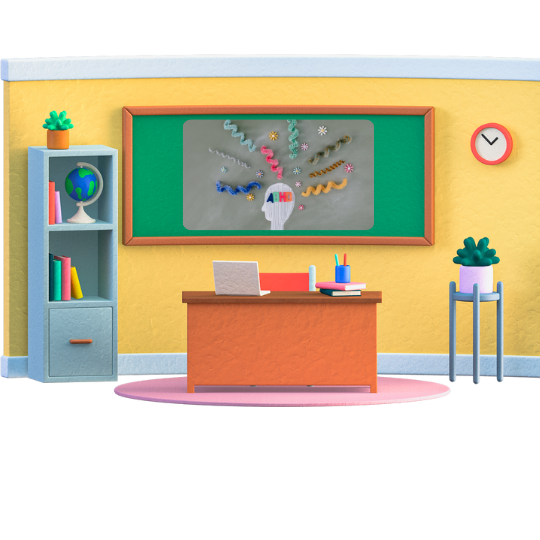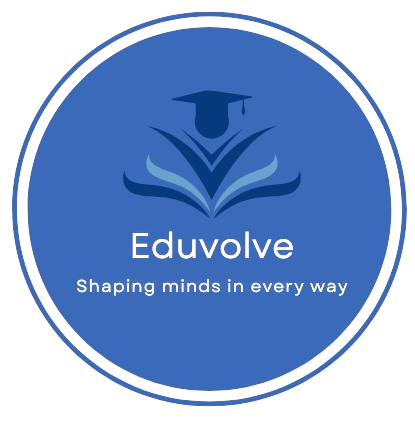
Children with ADHD (Attention Deficit Hyperactivity Disorder) often face unique challenges in the classroom, from staying focused to managing impulsivity and hyperactivity. As a teacher, your support is crucial in helping these students thrive academically and socially. By understanding their needs and implementing strategies that cater to their learning styles, you can create an inclusive classroom environment where every student has the opportunity to succeed.
Here are some practical tips to help support children with ADHD in your classroom.
1. Create a Structured Environment
Children with ADHD benefit greatly from structure and routine. Predictability reduces anxiety and helps them stay on task. Consistent schedules, clear expectations, and routines provide a framework they can rely on.
How to Implement Structure:
- Daily Schedules: Post a visible daily schedule with times for each activity, so students know what to expect.
- Visual Cues: Use visual aids like charts or colour-coded systems to guide transitions between activities.
- Clear Instructions: Give concise, step-by-step instructions, and use visual or written reminders when possible.
2. Incorporate Movement and Breaks
Sitting still for long periods is often difficult for students with ADHD. They may need frequent breaks or opportunities for movement to help manage hyperactivity and maintain focus.
Ideas for Movement and Breaks:
- Brain Breaks: Incorporate short, structured breaks throughout the day. A 5-minute physical activity or relaxation exercise can help students reset.
- Flexible Seating: Consider allowing standing desks, fidget tools, or seating options like wobble stools to help students manage their energy while staying engaged.
- Movement-Based Learning: Integrate movement into lessons, like having students walk to different parts of the room to answer questions or participate in hands-on activities.
3. Use Positive Reinforcement and Clear Consequences
Positive reinforcement is a powerful tool for encouraging desired behaviours. Children with ADHD often experience more criticism than praise, so focusing on their efforts and achievements can build their confidence and motivation.
Strategies for Positive Reinforcement:
- Immediate Feedback: Provide quick and specific praise when students demonstrate positive behavior or complete tasks. For example, “Great job staying focused during that activity!”
- Reward Systems: Implement systems like token economies, where students earn points, stickers, or privileges for completing assignments, staying on task, or following classroom rules.
- Be Consistent: Consistency in both rewards and consequences is key. Clearly explain rules and consequences, and follow through calmly and fairly.
4. Adapt Instructional Methods
ADHD students often have different learning styles and may struggle with traditional methods of instruction. Differentiating your teaching strategies can help them engage with the material and improve their understanding.
Effective Instructional Techniques:
- Break Down Tasks: Break assignments into smaller, more manageable chunks. This makes larger tasks feel less overwhelming and easier to complete.
- Use Multi-Sensory Learning: Engage students through multiple senses by incorporating visual aids, hands-on activities, and auditory tools like music or verbal instructions.
- Frequent Check-Ins: Periodically check on students’ progress to ensure they understand the material and stay on track. This also helps catch any confusion early on.
5. Provide Organisational Support
Organisation can be particularly challenging for students with ADHD. Helping them develop systems for keeping track of assignments, materials, and deadlines can greatly improve their academic performance.
Ways to Improve Organisation:
- Assignment Planners: Encourage students to use planners to track assignments and upcoming tests. Provide regular reminders and check their planners to help them stay accountable.
- Colour-Coded Materials: Use colour-coding for different subjects or tasks to make it easier for students to organise their notes, textbooks, and folders.
- Visual Schedules: Provide clear schedules for long-term projects, breaking them down into daily or weekly steps so students can manage their time effectively.
6. Offer Quiet Spaces and Minimise Distractions
ADHD students are often easily distracted by noise, movement, or other stimuli in the classroom. Creating a calm space where they can focus better can make a significant difference in their ability to complete tasks.
Tips for Minimising Distractions:
- Seating Arrangements: Seat ADHD students near the front or away from windows and doors to reduce distractions.
- Quiet Work Spaces: Designate a quiet area in the classroom where students can go to work on assignments or tests without interruptions.
- Noise-Cancelling Headphones: Consider allowing students to use noise-cancelling headphones during independent work to block out background noise.
7. Foster Social Skills and Emotional Support
Children with ADHD may struggle with social interactions or managing their emotions. They might act impulsively or have difficulty maintaining friendships, which can lead to social isolation. Building their emotional and social skills is crucial for their development.
Support for Emotional and Social Skills:
- Role-Playing Scenarios: Teach students how to handle social situations through role-playing activities. This helps them practice appropriate behaviors and responses.
- Encourage Group Work: Pair ADHD students with supportive peers for group activities. This fosters collaboration and helps build their teamwork skills.
- Teach Emotional Regulation: Incorporate lessons on emotional regulation, such as how to handle frustration, manage impulsivity, or practice mindfulness techniques when feeling overwhelmed.
8. Communicate Regularly with Parents and Specialists
Collaboration between teachers, parents, and specialists is key to supporting a child with ADHD. Regular communication ensures consistency between home and school, helping the student develop strategies that work across different environments.
How to Foster Collaboration:
- Frequent Updates: Send regular updates to parents about their child’s progress, challenges, and any strategies you’ve implemented.
- Be Open to Feedback: Encourage parents to share what works well at home and collaborate on solutions for classroom challenges.
9. Be Patient and Flexible
Teaching children with ADHD requires patience, flexibility, and an understanding that every child’s experience with ADHD is different. There will be good days and challenging days, but your support can make a lasting impact on their self-esteem and academic journey.
Remember:
- Progress Takes Time: Changes won’t happen overnight. Celebrate small victories and improvements in behaviour and academic performance.
- Stay Positive: Encourage a growth mindset by helping students see their efforts and potential, rather than focusing solely on their struggles.
Conclusion: Helping ADHD Students Thrive in the Classroom
Children with ADHD have incredible potential, and with the right support, they can excel in the classroom. By implementing structured routines, using positive reinforcement, adapting teaching methods, and collaborating with parents, you can create a learning environment that empowers ADHD students to succeed.
With your guidance, they can learn not only academic skills but also crucial life skills—such as organisation, emotional regulation, and social interaction—that will serve them well into adulthood. Your role as a supportive, understanding teacher can make all the difference in helping them reach their full potential.

